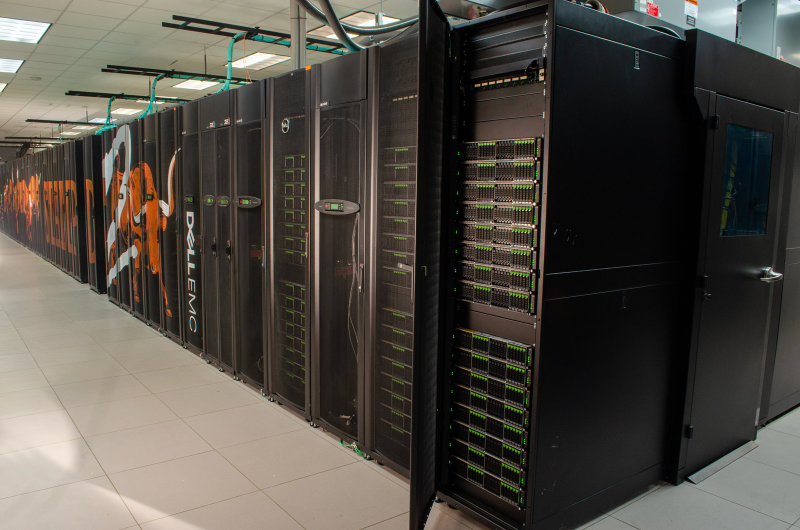The Texas Advanced Computing Center (TACC) at the University of Texas at Austin (USA) announced that the power of the new Vista HPC complex is fully available to the open scientific community. The supercomputer is designed to solve resource-intensive tasks related to AI.
The formal announcement of the Vista machine took place in November 2023. At the time, it was said that Vista would serve as a link between the existing TACC Frontera supercomputer and the future TACC Horizon system, which is funded by the National Science Foundation (NSF).
Vista has two key parts. One of them is a cluster of 600 nodes on NVIDIA GH200 Grace Hopper hybrid superchips, which contain a 72-core NVIDIA Grace Arm processor and an H100/H200 accelerator. Provides performance of 20.4 Pflops (FP64) and 40.8 Pflops on tensor cores. Each node contains 512 GB of local storage, 96 GB of HBM3 memory and 120 GB of LPDDR5 memory. Interoconnect – Quantum 2 InfiniBand (400G).
The second section of the supercomputer combines 256 nodes with NVIDIA Grace CPU Superchip processors containing two Grace crystals in one module (144 cores). The nodes are equipped with 240 GB of LPDDR5 memory and a 512 GB drive. Interconnect – Quantum 2 InfiniBand (200G). The nodes were manufactured by Gigabyte, and Dell was responsible for the integration of the entire system.

Image source: TACC
Vista’s overall CPU performance is 4.1 Pflops. The complex includes a VAST Data NFS storage with a capacity of 30 PB. The supercomputer will be used to develop and apply generative AI solutions in various sectors, including life sciences and healthcare.